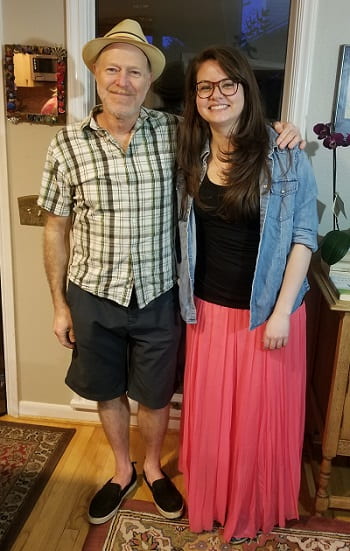
In a recent Atmospheric Environment paper, Crystal McClure and Dan Jaffe investigated ozone (O3) enhancements during wildfire events in the Boise, Idaho, urban area over 2006–2017 and during a 2017 summer intensive campaign. They determined whether wildfire emissions are influencing the area by calculating a wildfire criterion based on NOAA’s Hazard Mapping System (HMS) smoke product and historically averaged fine particulate matter (diameter < 2.5 μm [PM2.5]) data. Using this criterion, they could categorize smoke vs. non-smoke events. They also used a Generalized Additive Model (GAM) to look at unusual sources of O3, such as wildfires. GAMs are useful in analyzing sources of O3 production by looking at meteorological and transport variables.
During the 2017 summer intensive campaign, they found that peroxyacetyl nitrate (PAN), reactive nitrogen (NOy), and maximum daily 8 hour average (MDA8) O3 showed significant enhancements during smoke events. These findings show that wildfire-influenced O3 enhancements are highly variable in urban areas—O3 enhancements generally increase up to around 60 μg/m3 of PM2.5 and then decrease at very high smoke concentrations.
This research suggests that measurements of multiple tracers are essential in order to fully describe wildfire plumes in urban areas. McClure and Jaffe conclude, “While we identify some effects on O3 due to wildfire emissions in an urban area, the need for improved classification of smoke versus non-smoke influenced days will likely become more important throughout the western U.S. as wildfire frequency and intensity are predicted to increase through the end of the century.”

 Let me introduce you to our newest graduates, Dr. Crystal McClure and Dr. Pao Baylon! A few raindrops didn’t diminish their sunny smiles and the cheering crowd as they marched at the University of Washington’s graduation on June 9, 2018. We celebrate your success and are so excited for both of you!
Let me introduce you to our newest graduates, Dr. Crystal McClure and Dr. Pao Baylon! A few raindrops didn’t diminish their sunny smiles and the cheering crowd as they marched at the University of Washington’s graduation on June 9, 2018. We celebrate your success and are so excited for both of you!